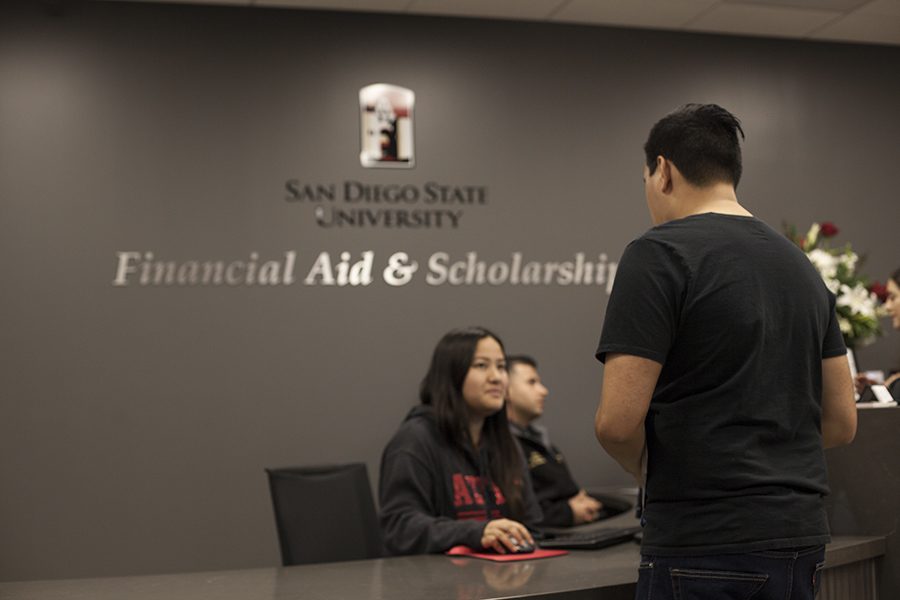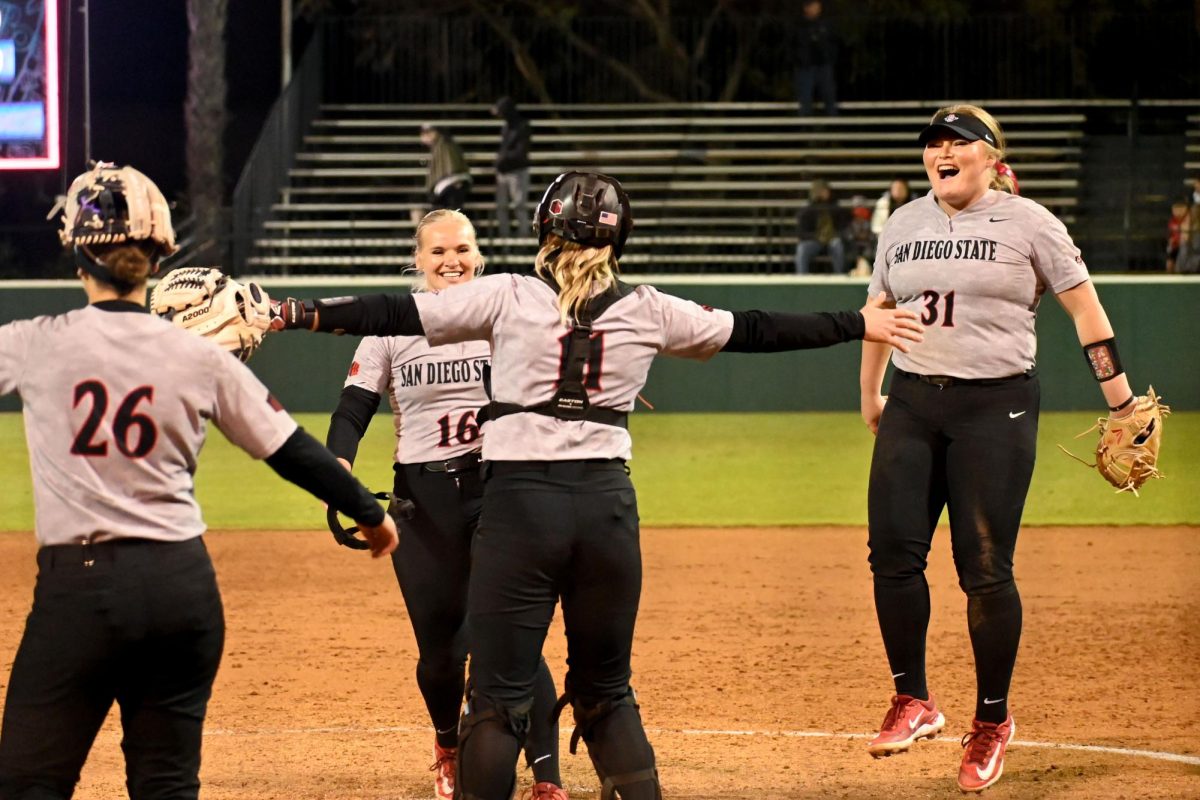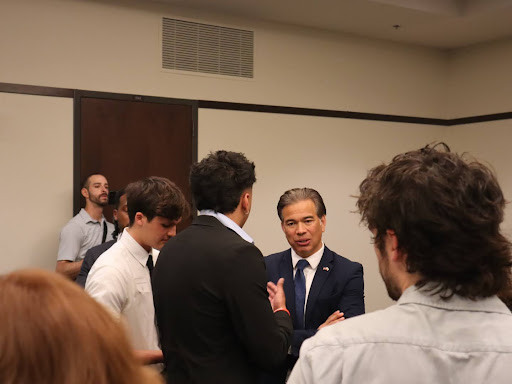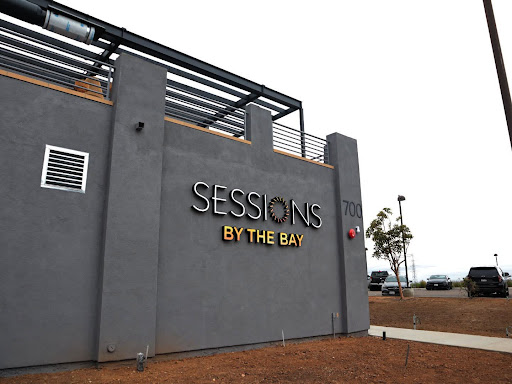At the end of last month, $14.9 million in emergency relief aid was given to qualifying San Diego State students.
The funding came from the Higher Education Emergency Relief Fund, which granted SDSU $45.9 million total.
The remaining $31 million will go towards unbudgeted costs and lost revenue due to the COVID-19 pandemic disrupting campus activities, according to the university’s website.
Undergraduate and graduate students at SDSU’s main campus and the Imperial Valley campus have already been notified by the university via email of the $500 or $700 reimbursement.
“Because of the aid I got from SDSU, I was able to pay off this (academic) year completely on my own using this and the aid I got from the CARES act last semester,” public relations first-year Angus Hsieh said.
Hsieh said he’s grateful for the additional aid this semester because, while he was able to keep his job, he recognizes many others lost theirs during the pandemic.
The aid was directly deposited into students’ accounts and qualifications include having a FAFSA on file or meeting Title IV requirements, according to a campus-wide email.
“I gave all of it to my mom,” civil engineering second-year Pedro Salas said. “We’ve been having some economic problems due to COVID and I know they were going to use it better than me.”
Salas lives at home and used to commute to SDSU when classes were still fully in-person.
His family was among many who were hit hard during the first leg of the pandemic: Salas, his mom and his dad all lost their jobs last spring. Luckily, his dad is working again now, Salas said.
In late December of 2020, the Coronavirus Response and Relief Supplemental Appropriations Act (CRRSAA) was passed by Congress to provide more support as the pandemic reaches its one-year anniversary.
This is an extension to the Coronavirus Aid, Relief and Economic Security (CARES) Act passed in the spring of 2020 during the pandemic’s onset, according to the university’s website.
Salas also recommends appealing for a second review from FAFSA if any students are still struggling moving forward.
While difficult to get an appeal approved, it’s worth trying if any student has no other form of financial help.
He did so after an SDSU counselor advised him to since Salas’ financial aid amount for last semester was lower than in the past, due to his family’s 2019 tax return showing higher amounts of income.
This tax return couldn’t predict the pandemic hitting and impacting everybody’s financial situation, however.
“In terms of supporting their students, I would say (SDSU) have done a decent job,” Hsieh said. “With the circumstances that they were dealt, they did an acceptable job with free COVID vaccines, ECRT and the A.S. food pantry.”
International students, international exchange participants, or Deferred Action for Childhood Arrivals (DACA) program recipients do not qualify for this relief due to federal funding guidelines, according to the university email.
If you have not received relief aid but believe you qualify for it under Title IV, immediately complete the FAFSA form online so it can be reviewed for eligibility.
For more financial aid resources both on and off campus, visit SDSU’s Economic Crisis Response Team’s website.















